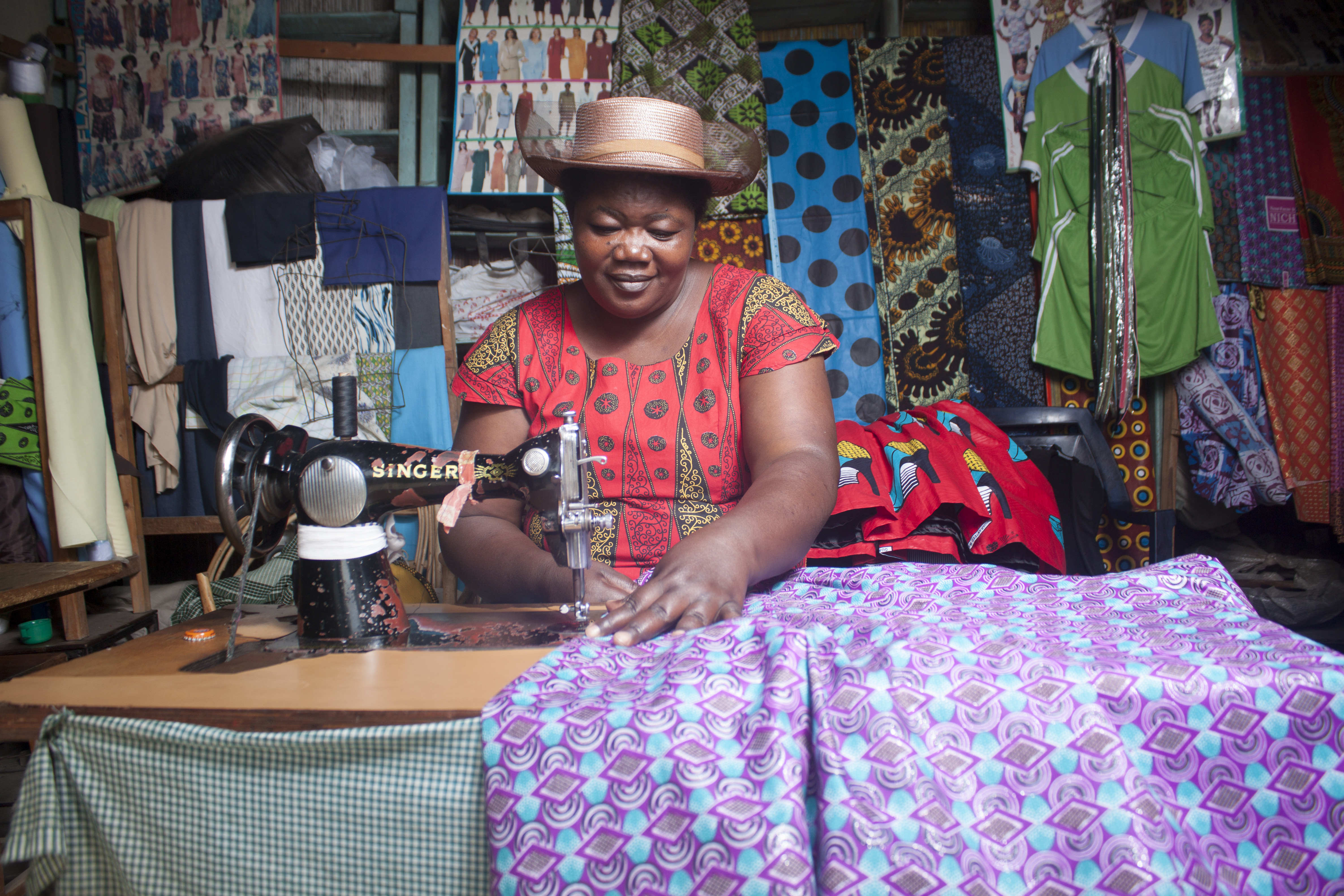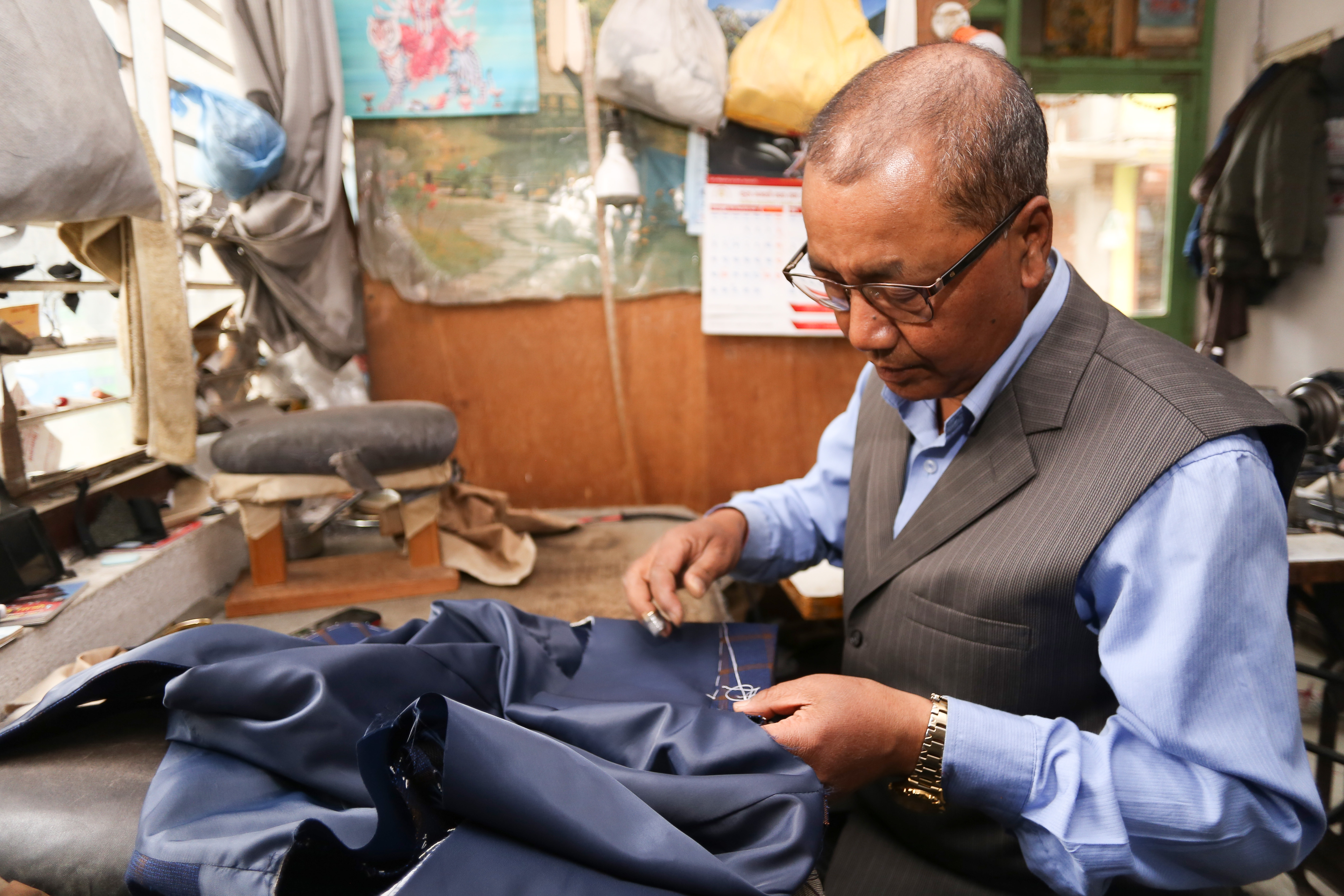Change Your Appearance with Tailor Perth: Individualized Tailoring Services
Change Your Appearance with Tailor Perth: Individualized Tailoring Services
Blog Article
Recognizing the Tailoring Refine: From Textile Choice to Final Fitting for the Ideal Closet
The customizing procedure is a complicated interplay of art and science, beginning with the essential decision of textile option and finishing in the exact modifications of final fittings. Each textile kind brings one-of-a-kind top qualities that affect not only the aesthetic appeal but also the garment's long life and suitability for different occasions. Recognizing the subtleties of customizing methods can boost one's wardrobe to unmatched levels of sophistication. As we discover these elements better, one have to consider how also the smallest details can considerably affect the total end result of one's individual style.
Value of Textile Choice
Choosing the right fabric is crucial in the tailoring process, as it directly affects the convenience, longevity, and overall aesthetic of the final garment (tailor perth). The choice of material establishes the foundation for the garment's design, performance, and functionality. Various fabrics have distinct residential or commercial properties, such as weight, breathability, and stretch, which can substantially influence how the garment drapes and fits the body
Furthermore, textile selection influences the garment's durability and ease of treatment. High-grade materials can hold up against wear and tear, preserving their look and structure in time, while lower-quality materials might lead to pilling or fading. Furthermore, the appropriate textile adds to the garment's ability to transition across events and seasons, thereby enhancing flexibility.
A tailored item made from a suitable textile not just showcases workmanship yet additionally elevates the wearer's confidence. Recognizing the nuances of fabric choice is critical for any tailoring undertaking. It guarantees that the last item not just fulfills the visual needs of the customer yet additionally aligns with practical requirements, therefore attaining a harmonious balance in between kind and function in the tailored wardrobe.
Kinds Of Fabrics and Their Usages
Understanding the numerous sorts of fabrics offered is crucial for making informed decisions during the customizing process. Each fabric has special features that dictate its viability for details garments and celebrations.
Cotton, recognized for its breathability and soft qualities, is excellent for sportswear and summertime garments. Its convenience permits it to be customized right into every little thing from shirts to gowns. Woollen, on the other hand, is preferred for its warmth and framework, making it a superb option for formal fits and outerwear - tailor perth. Its all-natural flexibility helps garments keep form with time.
Silk exudes high-end and is lightweight, making it perfect for eveningwear and fragile shirts; nevertheless, it requires cautious handling due to its fragility. Bed linen, with its distinctive finish, is a prominent option for cozy climates, offering a airy and crisp feeling, but it wrinkles easily, which might impact the garment's appearance.
Synthetic materials, such as polyester and nylon, offer toughness and resistance to wrinkles, making them appropriate for daily wear and active clothing. Understanding these fabric types and their residential or commercial properties permits for far better decision-making, ensuring that each tailored item not just fits well but additionally aligns with the desired objective and occasion.
The Tailoring Methods Discussed
The art of tailoring counts on a range of strategies that change textile into well-fitted garments. Central to this procedure is pattern drafting, where a tailor creates templates based on the client's measurements and wanted style. This preliminary action guarantees that the garment will fit the user appropriately before any type of reducing takes place.
When patterns are established, cutting methods enter into play. Precision is extremely important as inaccuracies can result in misfitting garments. Tailors usually utilize numerous reducing methods, such as single-layer cutting for elaborate designs and multiple-layer reducing for performance on basic patterns.
Basting is another crucial method, enabling dressmakers to temporarily sew textile pieces together for a preliminary installation. This technique offers the possibility to evaluate the drape and general shape prior to last stitching.
Seaming methods, consisting of flat-felled joints and French joints, improve the garment's durability and visual allure. Tailors likewise utilize methods such as interfacing and cushioning to provide framework and form to specific locations, like collars and shoulders.
Last but not least, completing methods, consisting of hemming and side finishing, ensure the garment's durability while providing a polished appearance. With each other, these strategies form the backbone of efficient tailoring, causing beautiful, tailor-made apparel.
Suitable Adjustments and Factors To Consider

Secret considerations include the shoulder fit, which Check Out Your URL ought to neither sag nor limit movement, and the sleeve size, which ought to permit comfy arm activity while keeping a polished look. Additionally, changes at the waistline can improve the shape, with alternatives to allow out or take in textile as required.
The surge of pants is one more vital factor; it should sit comfortably above the hips without triggering pain, permitting convenience of movement. Hemming sizes for both trousers and skirts ought to show the wearer's recommended design while valuing proportions.

Keeping Your Tailored Garments
Constantly follow the treatment tag instructions, which might advise completely dry cleaning for delicate textiles or maker washing for even more durable products. Avoid constant laundering, as this can use down the material and change the garment's shape.
Storage space is similarly important; use cushioned wall mounts for coats and jackets to preserve shoulder framework, and store pants folded up nicely or hung to avoid creasing. Protect garments from straight sunshine, which can discolor shades and damages fibers.
Additionally, periodic inspections for small repair work can avoid larger concerns. Check for loosened buttons, tearing joints, or signs of moth damage, attending to these issues promptly to keep the garment's site web stability.
Lastly, think about seasonal rotation. Wearing tailored pieces in moderation enables fabrics to recover, expanding their life expectancy. By applying these upkeep strategies, you can guarantee that your customized garments remain as pristine as the day you first wore them, improving your ideal closet for many years to find.
Verdict
The customizing procedure, incorporating textile selection, skilled strategies, and specific fitting adjustments, plays an important function in creating garments that boost both comfort and style. Recognizing the significance of maintenance extends the life of tailored garments, strengthening their worth in a well-curated wardrobe.
Picking the ideal material is important in the tailoring procedure, as it straight influences the convenience, resilience, and general visual of the final garment. The choice of material sets the structure for the garment's capability, design, and performance. Various materials have unique residential or commercial properties, such as stretch, weight, and breathability, which can dramatically impact exactly how the garment drapes and fits the body.
The art of customizing depends on a selection of methods that transform fabric into well-fitted garments.The customizing procedure, including material choice, experienced techniques, and exact fitting changes, plays an important role in producing garments that enhance both comfort and design.
Report this page